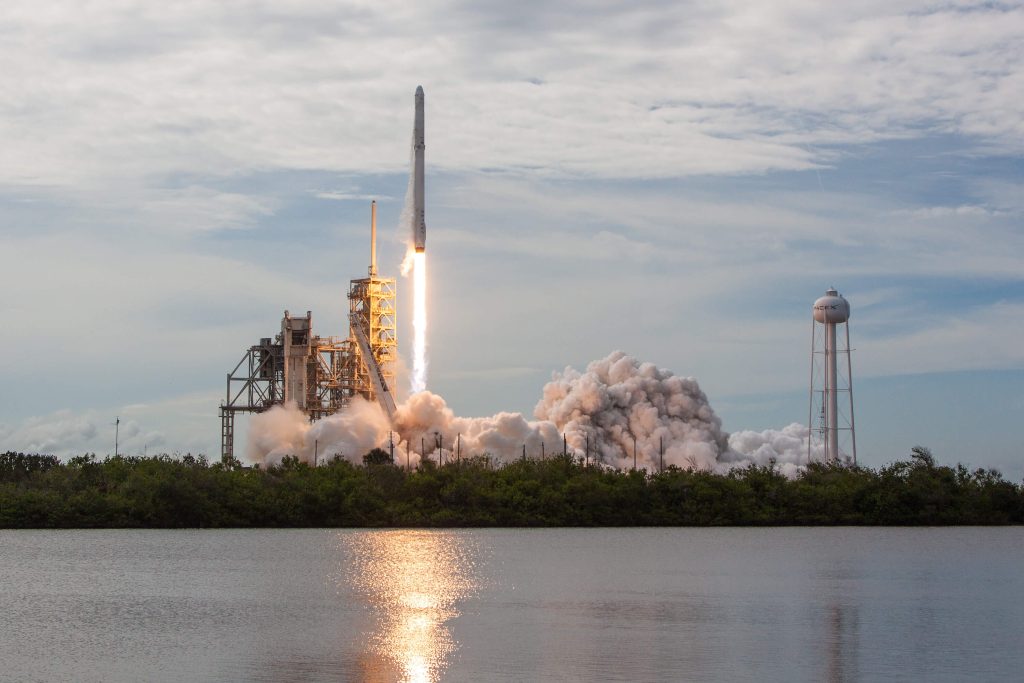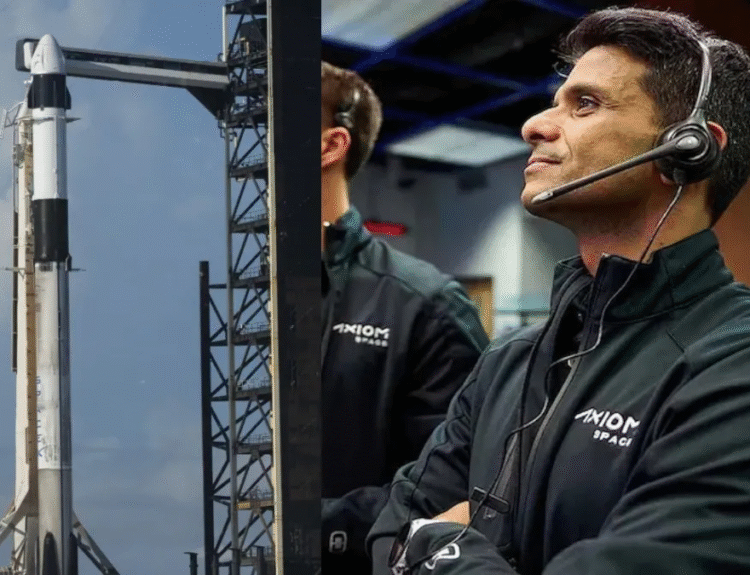SpaceX Booster Landing: A Revolutionary Feat in Spaceflight
SpaceX, the private space exploration company founded by Elon Musk, has made significant strides in revolutionizing space travel, particularly by developing reusable rocket technology. One of the most impressive achievements in this area is the successful landing and reuse of Falcon 9 rocket boosters, which has transformed the economics and sustainability of space missions. The ability to recover and reuse boosters not only reduces the cost of space travel but also marks a significant technological breakthrough.

VIDEO CREDIT GOES TO SKY NEWS
What is a SpaceX Booster Landing?
A rocket booster is the first stage of a multi-stage rocket that provides the necessary thrust to propel the vehicle out of Earth’s atmosphere. In traditional rocket launches, the booster would separate from the upper stages after it had expended its fuel and fall back into the ocean, essentially becoming a piece of space debris. This approach made space travel incredibly expensive because most of the hardware could only be used once. SpaceX set out to change that paradigm by developing a system where the booster could be recovered, refurbished, and reused.
The Challenge of Booster Recovery
Rocket boosters are massive, standing about 70 meters tall, and they reach speeds of several thousand kilometers per hour during ascent. Recovering a booster involves controlling its descent from the edge of space and ensuring it survives re-entry through Earth’s atmosphere, where temperatures reach thousands of degrees due to friction. The booster must then slow down dramatically, change its orientation, and navigate back to a designated landing site, either on solid ground or on a floating platform in the ocean, known as a drone ship.
First Successful SpaceX Booster Landing
The first historic booster landing occurred on December 21, 2015, during the Orbcomm-2 mission, when a Falcon 9 rocket successfully delivered a payload to orbit and then guided its first-stage booster back to Earth. It landed upright at Cape Canaveral Air Force Station in Florida. This moment was a turning point in spaceflight history, proving that it was possible to reuse rockets, which had previously been discarded after every mission.
How Does the Landing Work?
The booster uses a combination of cold gas thrusters and grid fins to steer itself back toward Earth. Upon re-entry into the atmosphere, it relies on a controlled burn from its engines to slow down and orient itself. SpaceX’s engineers use powerful algorithms to calculate the exact trajectory for the booster to land at a precise location, whether on land or on a drone ship positioned in the ocean. The Falcon 9’s Merlin engines reignite for a series of burns that slow the booster’s descent, and landing legs deploy moments before touchdown to allow for a soft landing.
The Use of Drone Ships
While some missions allow the booster to land on solid ground, others require landing at sea due to fuel constraints. SpaceX developed autonomous drone ships, named “Just Read the Instructions” and “Of Course I Still Love You,” to serve as floating landing pads. These ships are stationed in the ocean at a calculated position, enabling the booster to land safely and be recovered after missions that require higher altitudes or heavier payloads. The use of drone ships expands the flexibility of where and how Falcon 9 rockets can be reused.
Economic and Environmental Impact
SpaceX’s booster landing technology has drastically reduced the cost of launching payloads into space. Traditionally, a rocket launch could cost upwards of $60 million, with the booster making up the bulk of that cost. By reusing the booster multiple times, SpaceX can bring down launch costs significantly. This cost reduction opens the door to more frequent launches and greater access to space for a wider range of organizations, including commercial companies, research institutions, and government agencies.
Additionally, reusable rockets reduce the amount of space debris and the environmental impact of manufacturing new rockets for every mission. The ability to recover and refurbish a booster reduces waste, making space travel more sustainable in the long term.
Reusability in Action: Falcon 9 and Falcon Heavy
SpaceX has made reusability a core part of its business model. The Falcon 9 booster has been reused dozens of times, with some boosters completing as many as 16 missions. This reusability has allowed SpaceX to maintain a steady launch cadence, supporting commercial satellite deployments, International Space Station resupply missions, and even crewed missions.
In addition to Falcon 9, the company’s Falcon Heavy rocket—a larger and more powerful variant—also features reusable side boosters. In a spectacular display of engineering, the Falcon Heavy’s maiden flight in February 2018 saw the simultaneous landing of two side boosters on land, a moment that captured global attention.
Looking Ahead: Starship and Beyond
SpaceX’s ambitions for reusable rocketry do not stop with Falcon 9. The company is developing its next-generation spacecraft, Starship, which is designed to be fully reusable and capable of carrying humans to Mars and beyond. Starship’s booster, known as Super Heavy, will follow the same principle of recovery and reuse, with landings on Earth after each mission. This vision could revolutionize not just orbital missions but interplanetary exploration, making human settlement on other planets a feasible goal.
Conclusion
SpaceX’s success with booster landings represents a monumental achievement in the history of space exploration. By pioneering reusable rocket technology, the company has slashed the cost of space access, paved the way for more sustainable spaceflight, and demonstrated that innovation can turn science fiction into reality. As SpaceX continues to push the boundaries with its Starship program, the era of reusable rockets could be just the beginning of a new age in space exploration.






